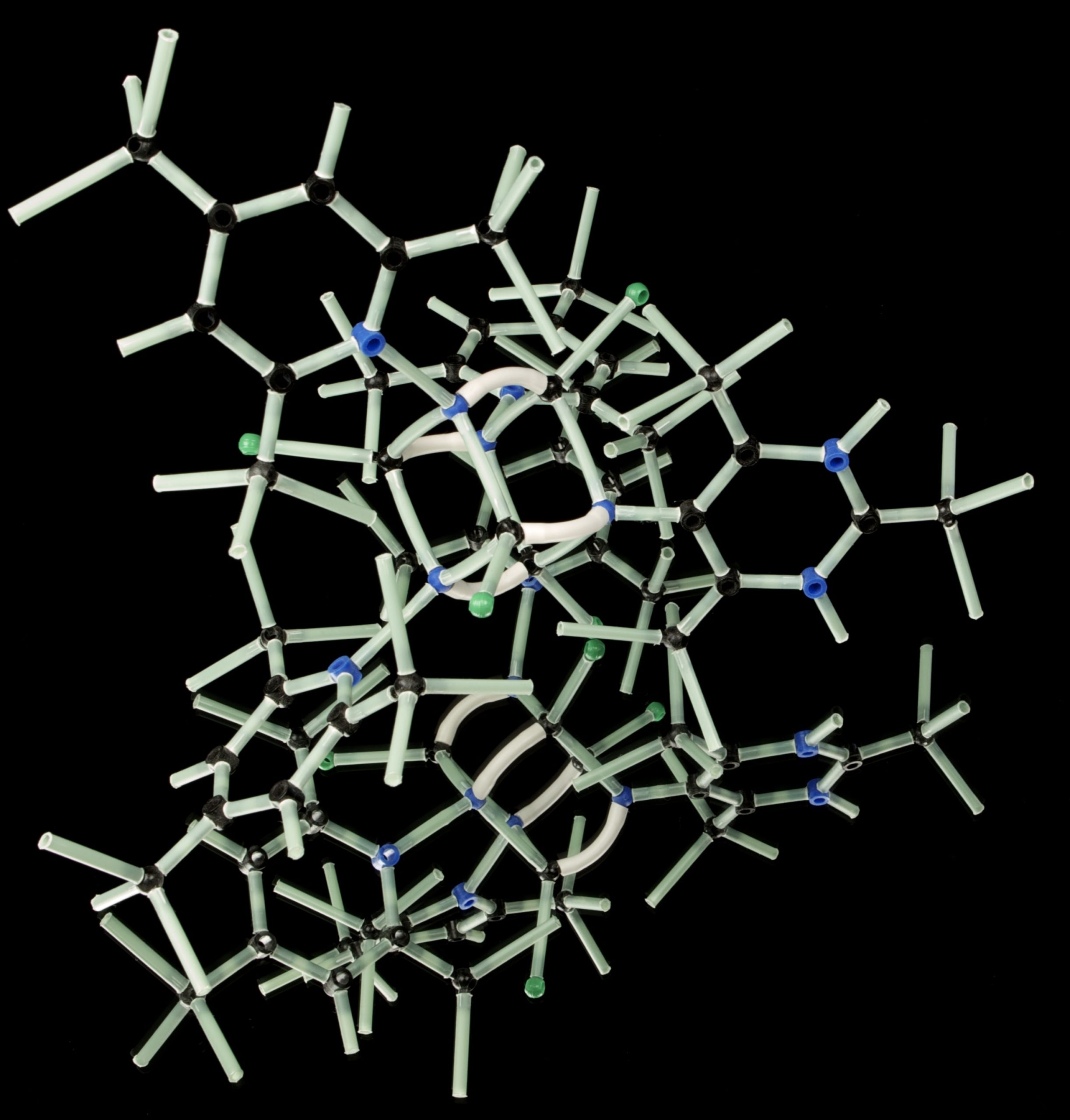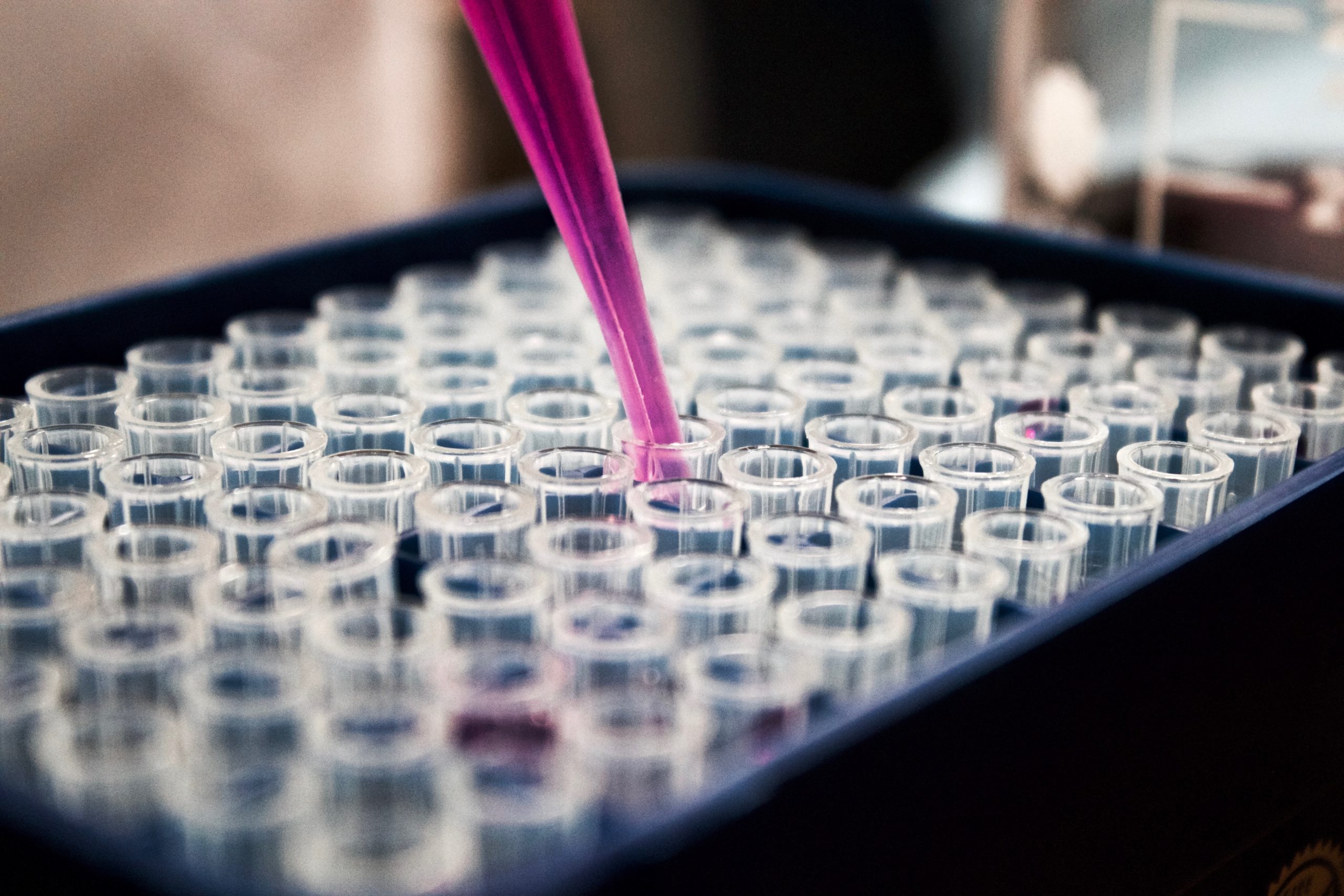Testing of CoroNaspresso espresso machines
We'd like a home test that's as simple to use as LFTs, but also as accurate as the PCR test. This is ideal. Loop-mediated isothermal amplification (Lamp) is a strong contender. PCR uses the same concepts and produces numerous copies of the beginning genetic material (which can be obtained via a swab) as this method, but it has a few major benefits.
As an illustration, consider how it could be utilized in conjunction with a convenient "color readout." The sample's acidity rises as a result of the Lamp reaction. If you add a chemical to the reaction mix that changes color depending on the pH value, you can see if the reaction is positive or negative. Instead of cycling through a range of temperatures on and off, Lamp reactions can be performed at a fixed temperature (about 65°C).
Lamp, on the other hand, necessitates precise temperature regulation. Electronic thermostats are commonly used to achieve temperature control systems, whether in a PCR machine, a Lamp equipment, or a home oven. However, it's not feasible to create and send brand-new technical gadgets just for doing home Lamp tests (especially in the middle of a pandemic). As a result, Saggiomo sought an other route. To keep the temperature constant, he discovered compounds known as phase transition materials, which absorb heat as they melt.
Saggiomo built a device to hold the Lamp reaction tubes and bits of wax after discovering a wax derived from such a substance melted perfectly at the appropriate temperature. This had to be heated and placed into another material. It was Nespresso coffee machine capsules that he saw while making his daily coffee that proved to be the ideal housing solution.
Impact of COVID-19 on peer review
As a result of the COVID-19 outbreak, many researchers will be unable to satisfy the typical timescales for our peer-review procedure. If you think you'll require more time, please let us know. We'll keep you apprised of the original due dates, but we'll also be flexible if necessary.
Transformative journals like Nature Chemistry allow writers to publish in two ways: through the usual publishing path or through instant gold Open Access.
Our Open Access solution satisfies the standards of both funders and institutions. Search Research articles published in Nature Chemistry in the last 90 days Fluorescence microscopy to detect increased glutathione levels in cancer models Companion diagnoses based on imaging can give real-time information to match medications to patients, however glutathione is plentiful in most cells, making it an unlikely candidate for companion diagnosis. A chemical probe that uses photoacoustic imaging to detect high glutathione concentrations has just been developed. Using this probe, researchers were able to discriminate between a healthy lung cancer model and one with pathology.
A haem protein has been found to be a dual-purpose catalyst capable of forming -amino lactones by inserting a carbene into a N–H link. Carbene transfer and the subsequent proton transfer are both catalyzed by the enzyme in one active site. This transformation is highly efficient and enantioselective, and it can be carried out at a gram scale.


